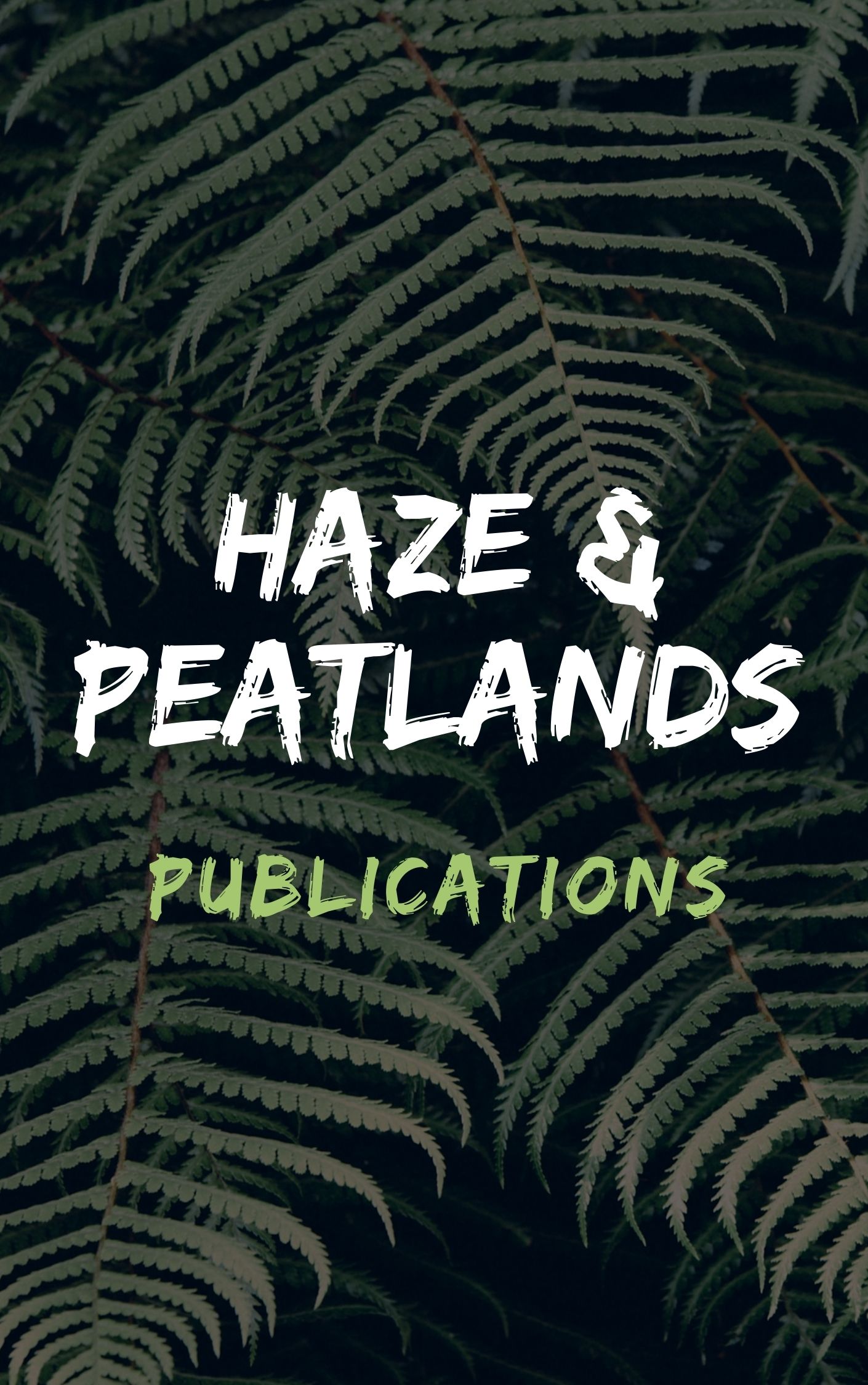In this chapter we address two overarching questions about land development policies and vegetation fires in Southeast Asia, namely:
1. How have land development policies and changes in land management practices influenced fire disturbance regimes in Southeast Asia? What is the significance of recent changes in fire regimes for local ecosystems and livelihoods, regional air quality and global emissions?
2. How could insights from research about fire ecology, emissions and livelihood impacts be incorporated into development strategies and institutional responses that would reduce the risks of large-scale fire and haze episodes? Are there ways to mitigate undesirable feedbacks on the regional and global atmosphere which would not unfairly disrupt the aspirations of societies in the region to improve their well-being through land development?
The chapter is organized around the broad framework of how human activities are altering fire regimes in the region and the implications this has for ecosystems, livelihoods and feedbacks on the regional and global atmosphere (Fig. 21.1). First, we start with a consideration of what is known about the underlying causes of fires in the region. Second, we consider the immediate ecological and biogeochemical consequences at various scales. And third, we consider how fire has many positive and few negative implications for livelihoods. The chapter ends with a summary of our responses to the two questions.
View source

